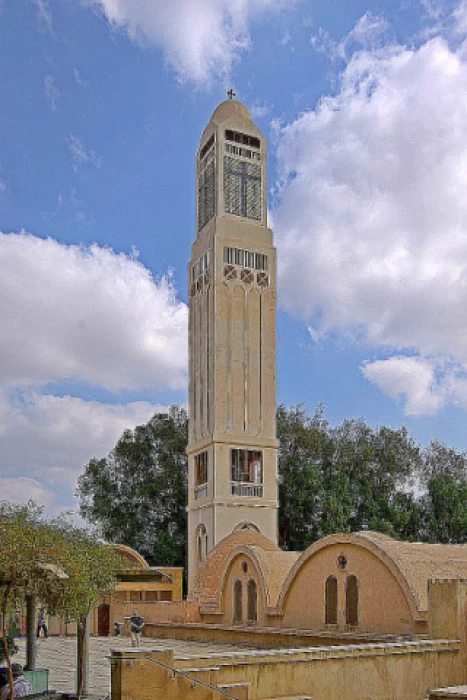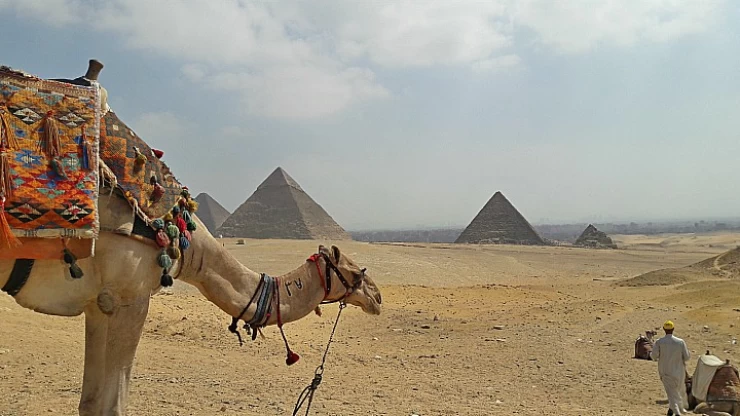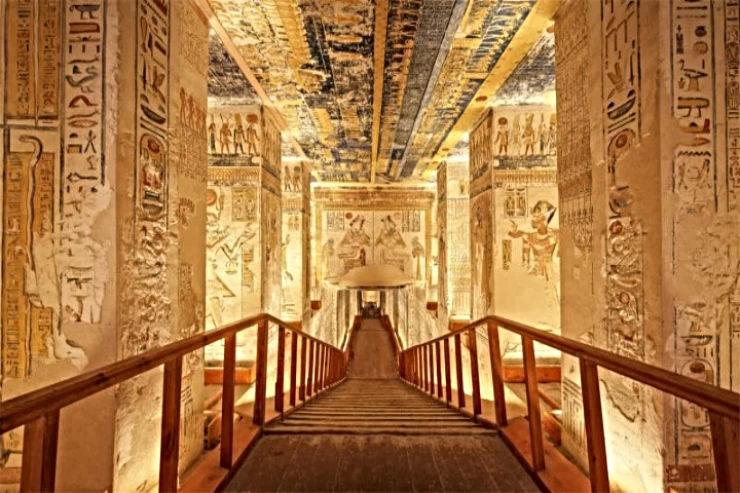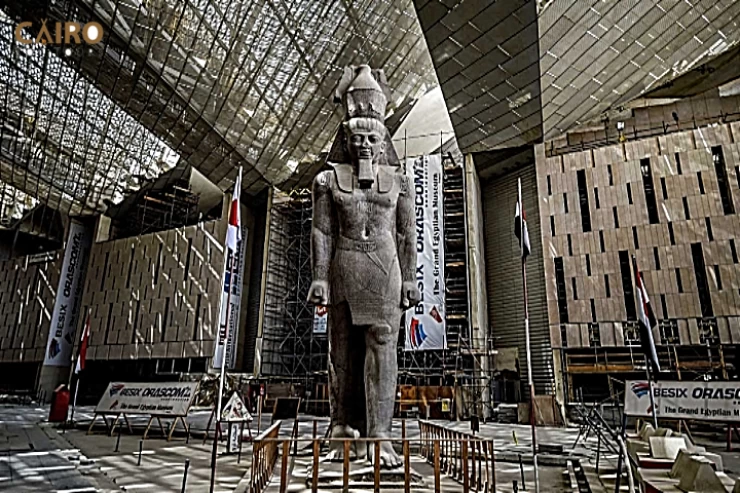
Monastery of St.Macarius the great
The monastery was founded in 360 AD by St. Macarius of Egypt, who was the spiritual father of more than 4,000 monks of various nationalities. Since its founding in the 4th century, it has been continuously populated by monks, meaning that several Christian saints and early Church Fathers were monks at St. Macarius Monastery.
Almost from the beginning, the monastery entered a period of restoration, both spiritual and architectural, with the arrival of twelve monks under the spiritual leadership of Father Matt El Mesquin. These monks had spent the last ten years living together in total isolation from the world in the desert caves of Wadi El Rayan, some 50 kilometers (31 miles) south of Fayoum, until they were ordered to leave Wadi El Rayan for the monastery of St. Macarius the Great to rebuild it.
Under Pope Shenouda III, after fourteen years of constant activity in both reconstruction and spiritual and architectural renewal, the monastic community of St. Macarius Monastery numbers about one hundred monks.
San Macario Monastery maintains spiritual, academic and fraternal relations with many monasteries abroad. These include the Chevetogne Monastery in Belgium, the Monastery of the Transfiguration in France, the monastic community of Bose in Italy, Deir al-Arf in Lebanon, and the Monastery of the Incarnation in England.
This church does not recognize the primacy of the Patriarch of Constantinople and is not in communion with the European Orthodox Churches. It has its origins in the preaching of St. Mark, the evangelist who brought Christianity to Egypt in the time of Emperor Nero. It has its own Pope, its own holy book, the Bible, and its own songs.
The church and refectory or dining room of the monastery have huge round domes and other square domes of brick, with a trapdoor at the top to light the rooms.
The woodwork on the doors, walls and iconostasis has impressive details of fine shell or mother-of-pearl inlay.
The monastery of St. Macarius the Great houses the relics of many saints, such as the forty-nine martyrs of Cetis. And we can say that during the restoration of the great church of St. Macarius, the crypt of St. John the Baptist and the crypt of the prophet Elisha were discovered under the northern wall of the church, according to the place indicated in the manuscripts of the XI-XVI centuries found in the library of the monastery. The relics were collected in a special ark and placed in front of the sanctuary of San Juan Bautista in the church of San Macario. The monastery published a detailed report on the find and an assessment of the authenticity of the relics.

















